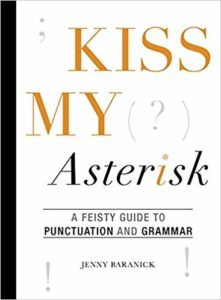We’ll-Just-Tell-You-Why-It-Should-Be-Us blogging for Business

At first glance, the WageWorks ad (the company provides Health Savings Accounts for employees) seems incredibly boastful:
“We won’t tell you which HSA to pick. We’ll just tell you why it should be us.”
On second glance, this ad reminds me of two points I made about thought leadership in recent posts on this Say It For You blog. One refers to a Wall Street Journal Magazine story about Kasper Egelund, the Danish kitchen company CEO. Egelund tells customers they can have his kitchen in any color,” so long as it’s black”. The very arrogance and self-assuredness embodied in that statement makes customers want to follow his recommendations.
When it comes to blogging for business, positioning ourselves (or our business owner/professional practitioner clients) as Subject Matter Experts (SMEs) is obviously a worthy goal. We might be able to go one better, however, by presenting ourselves as thought leaders, willing to strike out in a direction that is a little different from the common wisdom – and being definitive about our opinions.
The WageWorks ad may be boastful, but it offers reasons employers should choose their HSAs over others available in the marketplace. In my “There’s-a-Reason-and-What’s-the-Reason Blogging for Business” post earlier this week, I explained that readers need to be offered a “because”, presented in terms of advantages to the reader of reading further and then following the Calls to Action in the blog post.
“When it’s your turn to speak, start with a bang, not the white noise of housekeeping,” Laurie Guest, CSP advises emerging public speakers. Opening strong, Guest explains, means being purposeful about your opening, with no quotes from famous people, or “Nice to be here…”, or humorous “ice breakers”.
In blog marketing, the idea is to powerfully position what you do and what your company does. Like CEO Egelund and WageWorks, be strong and bold – let them know why it should be YOU!





Follow us online!